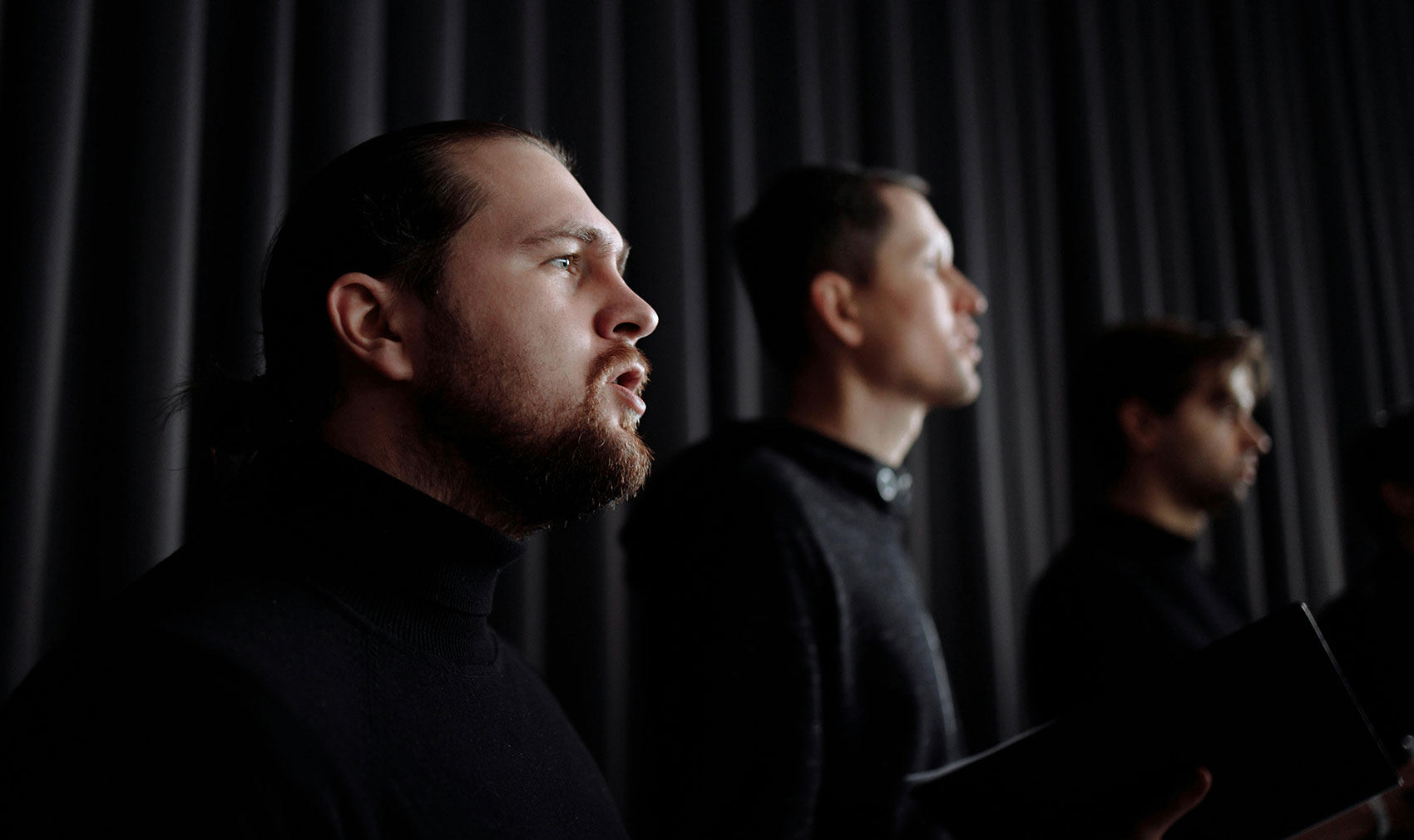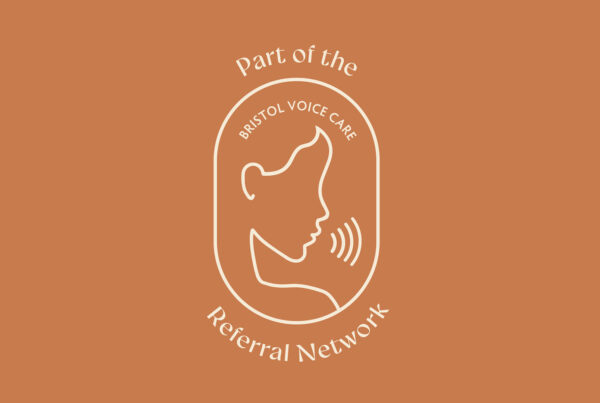
Singing is a challenging art, but it is not a completely mysterious one. Advances in voice science have taught singers and coaches much about how our instruments work. With this information we can start to plan our practice armed with more than guess work and tradition. But before personalising these strategies we need to know the basics – what exactly is going on when we make sound?
There is so much that could be said to answer this question, but the simplest place to start is with the Power, Source, Filter model.
POWER
The respiratory system is the powerhouse of your voice. You might have heard people talking about taking a singer’s breath or singing from the diaphragm (more on the usefulness of this imagery in another blog post). What they are encouraging you to do with these instructions is to gather enough breath to power the vibration of the vocal folds.
When you inhale, your diaphragm is in action. It moves down and flattens, creating more apace in your chest cavity so that your lungs can expand into the space. This creates a vacuum so that you can take air in. As you exhale, your diaphragm is relaxed and it is your abdominal muscles – your core – that help to send the breath towards the vocal folds (also referred to as vocal cords). This breath energy and change in air pressure excites the vocal folds and causes vibrations.
SOURCE
These vocal fold vibrations are the sound source of the voice. Did you know that we have two sets of vocal folds – the true vocal folds and the false vocal folds – in this case we are talking about the vibrations of the true vocal folds. The vocal folds alternate between open and closed positions (abducted and adducted). With each opening a small amount of air passes through the vocal folds, dividing the breath (air) into two regions of pressure: high and low. The frequency of vibrations (opening and closing of the vocal folds) determines the pitches that are produced.
FILTER
This vibrating air is filtered through the vocal tract. The vocal tract is made up of the throat, mouth and nose. It goes from the top of the vocal folds to the edge of the lips. The vocal tract is a resonator. As the sounds produced from the vibrating vocal folds reach the vocal tract, pitches are formed. These pitches can be changed by altering the shape of our vocal tract using the structures found within it such as the tongue, lips, pharynx, jaw and soft palate.
From this simple introduction to the Power, Source, Filter model we begin to see how important training the breath is for singers. The coordination of the breath with other aspects of the body helps to determine rates of vibration and how these vibrations can be shaped by the vocal tract into desired sounds for speech and singing.





